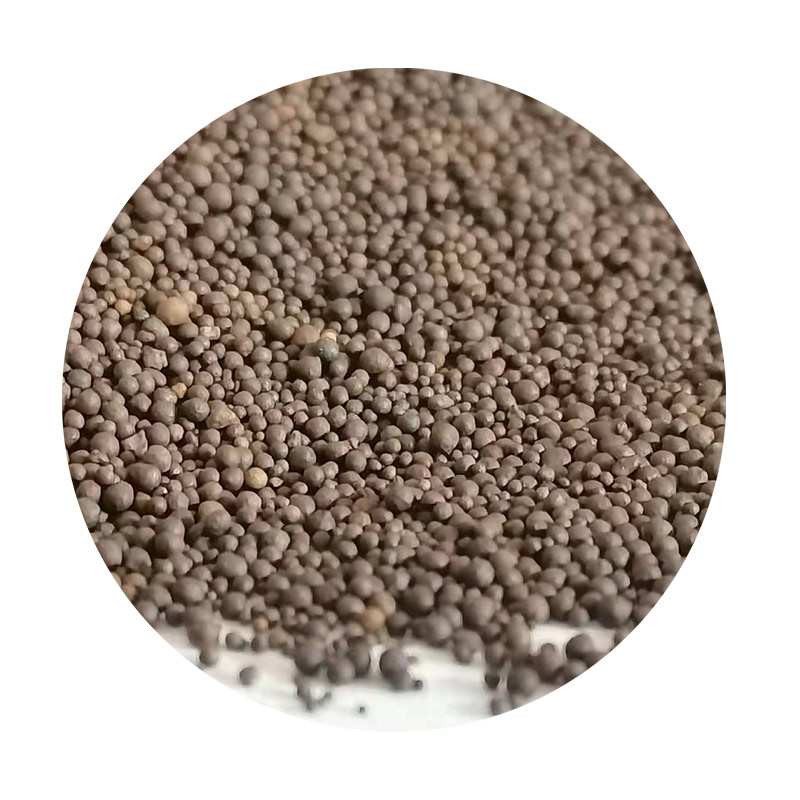The Importance of Sintering Sand in Modern Industries
Sintering sand, often referred to as foundry sand, plays a pivotal role in various industrial applications. This specialized sand is primarily used in the casting process, which is essential for manufacturing metal components with complex shapes and high precision. Understanding the significance of sintering sand can help industries optimize their production processes and improve the quality of their final products.
Sintering sand is characterized by its unique properties, including high thermal stability, excellent moldability, and resistance to high temperatures. These attributes make it an ideal choice for metal casting, particularly in industries such as automotive, aerospace, and heavy machinery. When molten metal is poured into molds made from sintering sand, the sand grains form a strong but easily removable structure that can withstand the stresses of casting processes.
One of the key benefits of using sintering sand is its reusability. After the casting process, the sand can be reclaimed, cleaned, and reused for future molds. This not only reduces material costs but also minimizes waste, aligning with the growing emphasis on sustainable practices within the manufacturing sector. The ability to recycle sintering sand enhances its appeal, making it a favorite among foundries and manufacturers aiming to reduce their environmental footprint.
sintering sand

In addition to its practical benefits, sintering sand also supports advancements in manufacturing techniques. The rise of 3D printing in metal casting has led to innovative uses of sintering sand, enabling the production of complex geometries that were previously impossible to achieve. This capability allows engineers and designers to push the boundaries of product development, leading to enhanced performance and functionality in finished products.
Moreover, the quality of sintering sand significantly impacts the mechanical properties of the casted components. The wrong type of sand can result in defects such as sand inclusions or surface imperfections, which can compromise the integrity of the final product. Therefore, selecting the right sintering sand is critical for achieving optimal casting results.
In conclusion, sintering sand is an indispensable material in modern manufacturing, particularly in the casting sector. Its unique properties, reusability, and compatibility with advanced manufacturing technologies underscore its importance. As industries continue to innovate and seek more efficient processes, the role of sintering sand will undoubtedly remain crucial in shaping the future of metal casting and manufacturing as a whole. Embracing the advantages of sintering sand will lead to improved product quality and a more sustainable industrial landscape.
Post time:វិច្ឆិកា . 04, 2024 20:05
Next:Innovative Approaches to Sand Casting Techniques for Enhanced Manufacturing Efficiency
